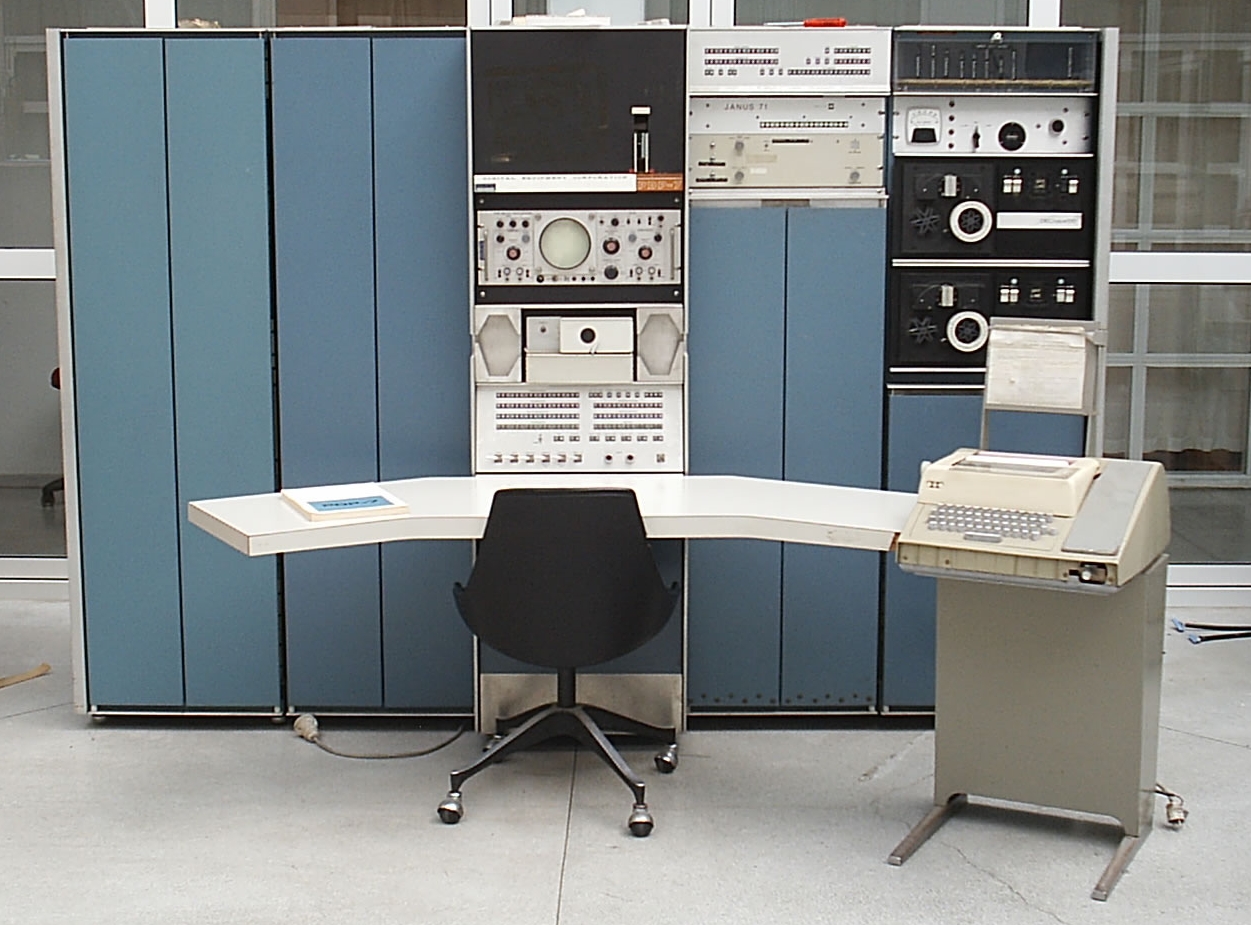
Gaming drives computing
We all play games on our computers. Whether a simple game of solitaire, chess, a first person shooter, adventure, action, arcade, military tactics, various types of simulations, or any other type of games, we all have our favorites. Some of those games respond well to faster and more powerful computers. Two of my grand-kids are gamers and I helped one of them build their own gaming computer — something few grandparents can claim. We had fun.
The need for speed in the gaming world drives development of hardware like graphic processing units (GPU), Central Processing Units (CPUs), and larger displays with faster response times. A game was responsible for the creation of Unix and therefore, Linux.
UNIX
The history of Linux begins with UNICS which was originally written as a gaming platform to run a single game. Ken Thompson was an employee at Bell Labs in the late 1960’s – before the breakup of the Bell system – working on a complex project called Multics. Multics was an acronym that stood for Multiplexed Information and Computing System. It was supposed to be a multitasking operating system for the GE 645 mainframe computer (yes, General Electric). It was a huge, costly, complex project with three very large organizations, GE, Bell Labs, and MIT, working on it.

Figure 1: A DEC PDP-7 similar to the one used by Ken Thompson and Dennis Ritchie to write the UNICS[sic] operating system. This one is located in Oslo and the picture was taken in 2005 before restoration began. Wikimedia, CC by SA 1.0, modified by Both.org. Click for a large version.
Although Multics itself is a minor part of computer history, it did introduce a good number of then innovative features that had never before been available in an operating system. These features included the multitasking and multiuser capabilities that we take for granted today.
Ken Thompson, one of the developers of Multics had written a game called Space Travel that ran under Multics. Unfortunately, due at least in part to the committee-driven design of Multics, the game ran very slowly. It was also very expensive to run at about $50 per iteration. As with many projects developed by committees, Multics died a slow, agonizing death. The platform on which the Space Travel game was run was no longer available.
Thompson then rewrote the game to run on a DEC PDP-7 computer similar to the one in Figure 1, that was just sitting around gathering dust. In order to make the game run on the DEC, he and some of his buddies, Dennis Ritchie, and Rudd Canaday, first had to write an operating system for the PDP-7. Because it could only handle two simultaneous users — far fewer than Multics had been designed for — they called their new operating system UNICS for “UNiplexed Information and Computing System” as a bit of geeky humor.
Some time later the UNICS name was modified slightly to UNIX and that name has stuck ever since. Because – well “X” is just so much cooler than “CS.” It was also improved so that it could support more than two users at a time.
And then, of course, Linus wrote Linux.
Early computers
Way back in 1970 I was night operator on an IBM 1401 mainframe computer. We had one deck of punched cards that contained a tic-tac-toe program, and after all of our real work was done, we’d play tic-tac-toe against the computer. We’d enter our moves using the so-called sense switches1 on the 1401’s front panel. We had other games but that’s the one I remember.
I used some of the very early microcomputers, including an Apple ][, a Radio Shack TRS80, and of course the original IBM PC. Those computers, and the ones I never used, all had games available for them.
And we shouldn’t forget the games like Pac-Man and Galaga that drew us to the arcades. Those devices used small CPUs that were programmed only for the games they played. Of course those games eventually showed up on our home computers.
Today
Skipping ahead to now, we play complex games on our computers, our TVs, our phones, and on specialized devices like X-Box, and PlayStation. AMD and NVIDIA compete to produce the fastest GPUs with the most video memory in order to appeal to the hard-core gamers.
It’s also true that those GPUs can be used to “mine” crypto currency as well as to become part of massively distributed supercomputers that apply our home computers’ otherwise unused CPU and GPU cycles to solve many types of important problems. I use BOINC to allow my computers to participate with tens of thousands of other computers on World Community Grid to work on problems such as rainfall predictions for Africa, COVID-19 research, finding genetic markers that are indicative of breast cancer probabilities, and much more.
And all the games we have for Linux. Fedora has a gaming spin and a “Games and Entertainment” group that I used to install over 100 games ranging from command line adventure games to all types of shooters, simulations, and more. Steam has thousands of games that run on Steam for Linux although some also require Proton. SteamBox runs on a Linux operating system.
All of this computing power, the multi-GigaHertz processors, hundreds of Gigabytes of RAM, and Terabytes of solid state storage space — all of these — have been driven by the constant need for more speed and power that gamers demand. Every gamer I know, including my grand-kids, the adult students I mentor, and the stylist who cut my hair today, all want more speed from their gaming devices.
So here’s to you intrepid gamers — the real reason we have the powerful hardware we do today and the amazing operating system we call Linux. Thank you!
- The “sense switches” were a row of on/off toggle switches in the front panel of the computer. Normally they were used for input to programs similar to the way we use options in modern programs. ↩︎